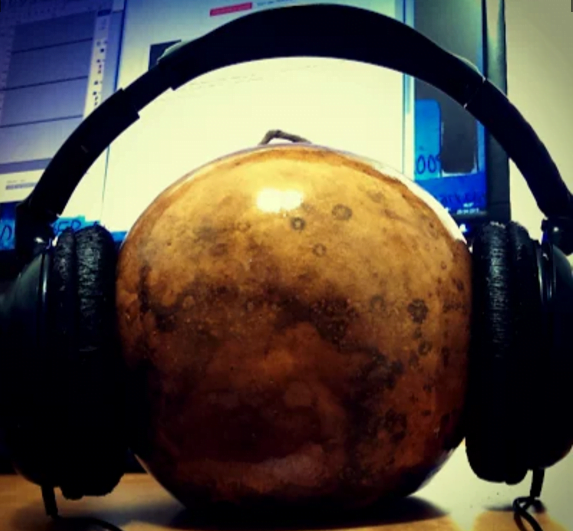30 Apr 2015 – Berimbau Toques – Practice Video & MP3
Last week I was playing with Adobe Premiere, so I could make some Berimbau ringtones using the berimbau. I used my phone to record it. Then I thought wouldn’t it be useful if I could record all the berimbau toques I practice regularly to play along to?
I started working on this last Thursday. At first I was using my husband’s fancy analogue microphone (Sennheiser e815s) and using an adaptor to plug into the computer. My husband suggested I use Audacity to put it all together. He uses it for his techno/D&B/breaks mixes on Mixcloud.
First of all: Audacity. We have Reason at home, from years ago, but that software is way too advanced for someone like me who has no sound engineering experience WHATSOEVER. It took me a while to get my head around Premiere Pro (for videos) at home, alone, but I think it would take three times longer just to get started with Reason. Anyway, Reason has never been reinstalled since we got a new computer, because we don’t use it all. Audacity on the other hand, took 5 minutes to install and has an amazingly intuitive UI. And it’s FREE! Best things in life are free… I was up and running straight away. One of the most positive experiences with software I have had in a LOOOOOONG time.
Then the microphone: that was a disaster, the caxixi sound wasn’t even coming through, and the berimbau itself sounded very low and there was a lot of white noise when I was speaking. Also I was having to amplify the hell out of it and even then it sounded terrible. So I made an executive decision to record with my phone. I swear (not being paid to say this), the HTC One is the swiss army knife of phones! I didn’t think the recording quality would be any good but it was vastly superior to what I was getting with the beautiful, but useless, microphone. When I copied it over to Audacity there was hardly any white noise AND the volume was decent, so I hardly had to amplify it!!! I was set to go.
I then spent four solid days recording and editing each toque. Before I started classes with Mojubá Capoeira I knew the three basic toques: Angola, São Bento Pequeno, São Bento Grande. I learned Samba de Roda from You Tube, and had tried to learn other toques via the internet, but hadn’t made much progress. Then about ten months ago I started going to the music class on average twice a week and learned all the other toques listed on the Capoeira Toques page. I had so much fun playing with the sound waves and adding all the sound effects – and I apologise if they are a bit too much, I just couldn’t help it. My berimbau playing could be better too, I’m not an advanced player – just imagine how cool this would be with someone who’s proficient! A lot of capoeira albums have sections on berimbau toques. I made each toque last for an average of 2 minutes (some longer!), as that’s normally how long I spend on each when I practice at home.
Initially I was recording the toques with a viola and a medio and trying to mix them together to play at the same time – and this can be heard in the Angola track. But turns out the viola was always slightly faster than the medio, even at its slowest, and changing the pitch changed the quality of the sound. So I did copying and pasting and some sound sorcery for the times when it sounds like there are two berimbaus.
If you ever play along, let me know if it’s helpful! On the video version I added the notation to each toque. I sound the toque at the start of each track, because that’s a very useful technique when learning. I added ‘reverb’ when I speak as it makes my voice sound less annoying and I used the wahwah, paulstretch, reverse and phaser liberally throughout most of it. Towards the end I used the sound effects less and less as I got bored of them!
Another fun part of this exercise was taking the photos for the tracks. My favourite is the first one, the berimbau with headphones on, which I took in between recordings. On the background it’s my computer with Audacity and Soundcloud loaded up. My cat, Rusty, also features on a couple of shots, which were all taken with my ‘swiss army knife’ phone too.
I had recorded Samango, but after listening to it I realised it was just too messy, so I left it out. But here is Samango being beautifully played by Mestre Ze Antonio and Mestre Poncianinho!!! Samba de Roda is messy too, I need to re-record. I think my favourites in there are Cavalaria, Santa Maria/Apanha a Laranja and Amazonas. I initially ‘released’ the tracks one by one on sound cloud, so here they are:
I would like to thank Mestre Poncianinho and all the friends at Mojubá Capoeira with whom I practice, as I have learned so much, not only from Mestre, but from many individuals from the group too! Also thanks to Prof. Kebrado for some of the music lessons and toques (Angola tradicional & the variation, in particular)!
Watch the video:

Leave a Reply